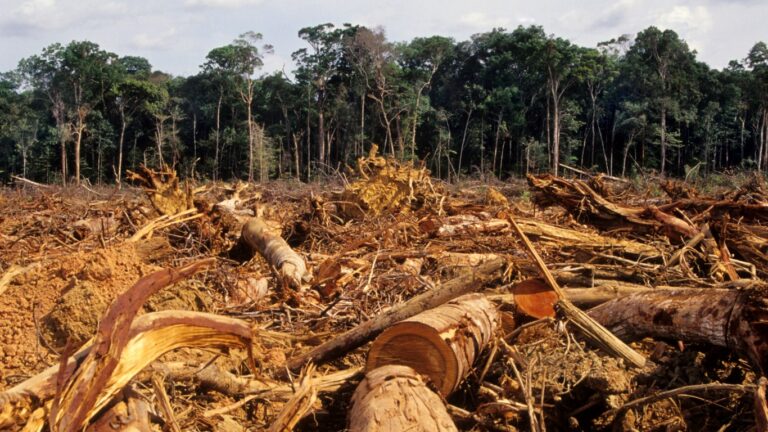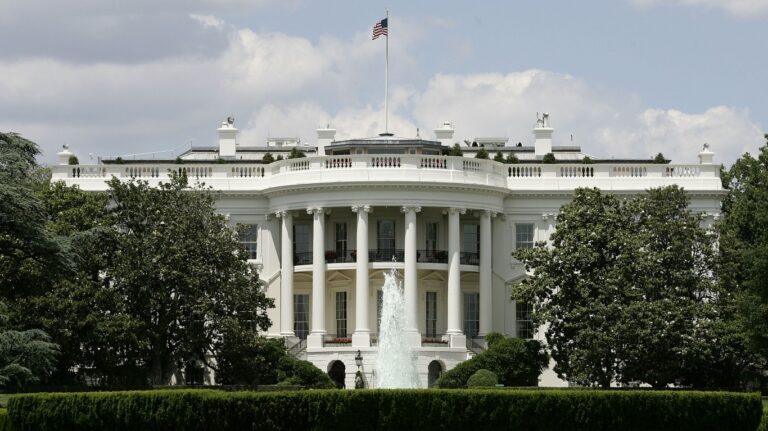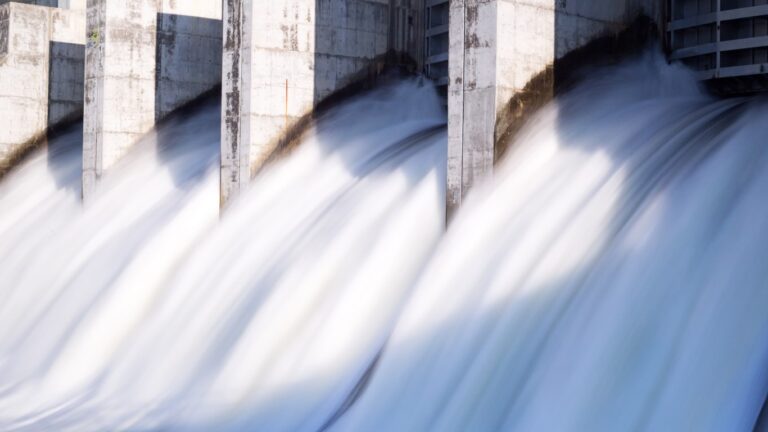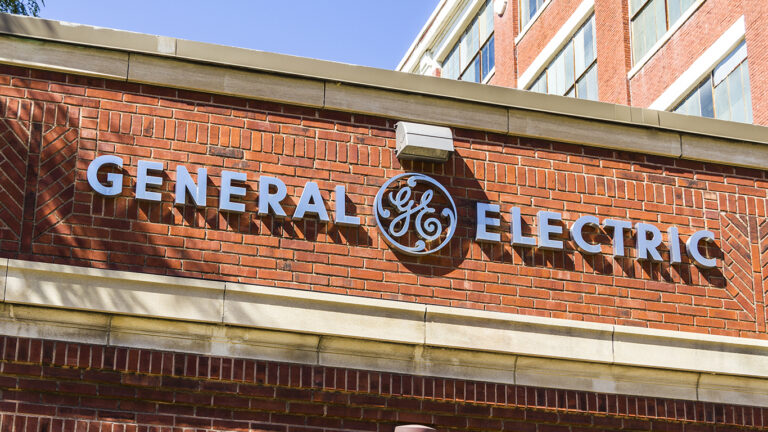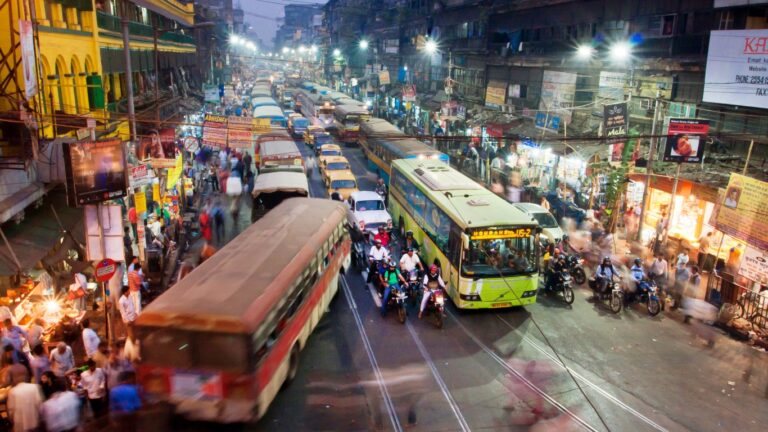AI-Driven Cameras Track California Wildfires
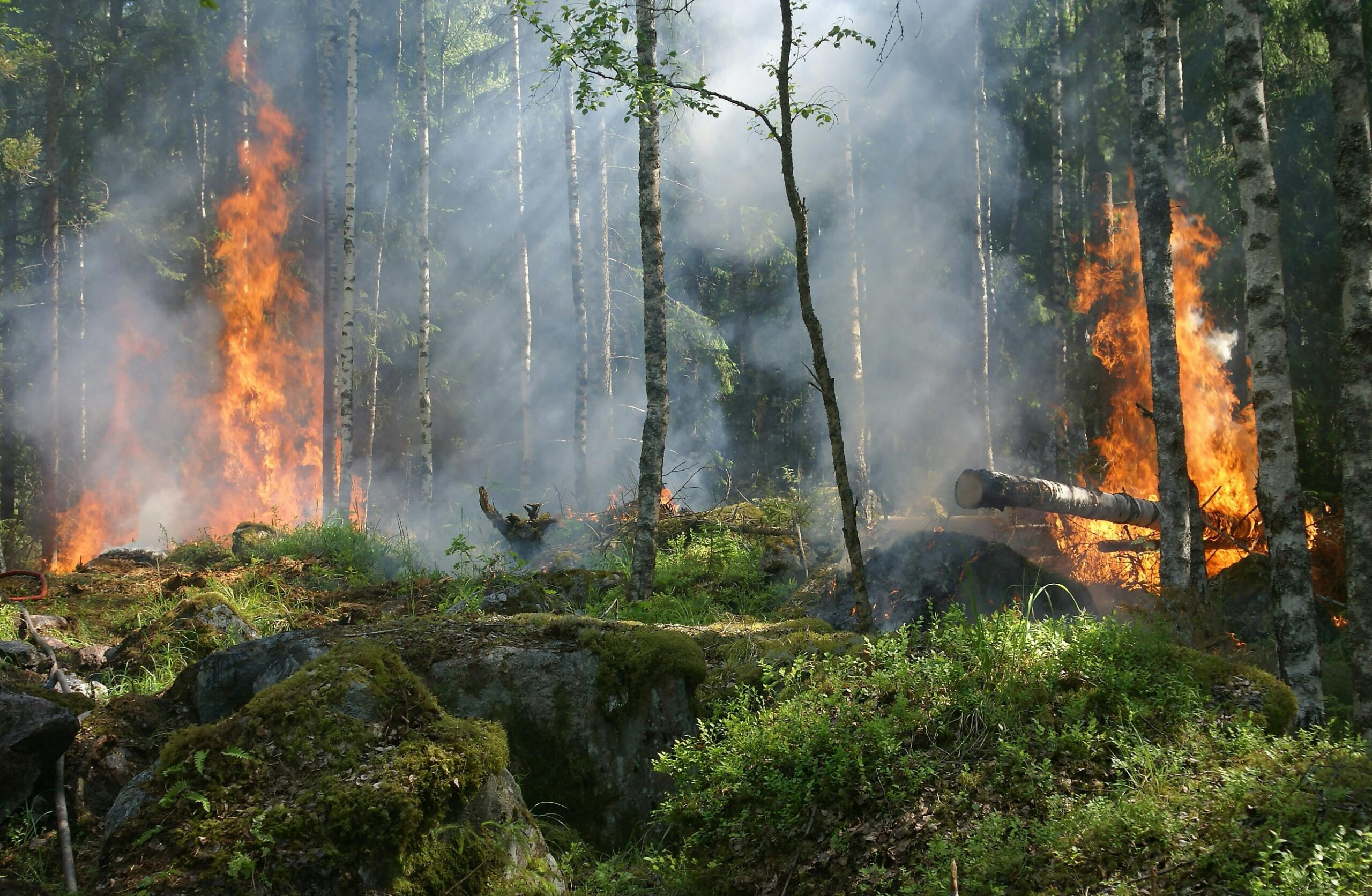
Recently, two things have brought wildfire detection back to the headlines weeks after the California wildfires. The first is that the new administration has cut the number of federal firefighters in the U.S. Forestry Service. The other is that huge wildfires have flared up near America’s East Coast, in North And South Carolina. Governor Henry McMaster of South Carolina declared a state of emergency for part of his state. As wildfires increase geographically and in intensity, there appear to be more limited ways to spot and attack them. However, new AI-driven cameras may offer a large part of the solution.
*US Wildfire Disaster
*60% Of California Fire Damaged Homes Are Total Losses
According to The Wall Street Journal, “Based at the University of California, San Diego, the ALERTCalifornia camera network began adding AI bots in 2023 and they now scan more than 1,150 cameras in nearly every fire-prone region statewide.” They have “detected” over 1,200 fires, the newspaper reported.
AI-Bot Driven
The AI bots are only part of a larger story about the relationship between AI and climate disasters. Recently, NOAA was forced to cut 800 workers, and it is almost certain that the National Weather Service was also hit. That will damage its ability to warn about dangerous weather conditions, which range from hurricanes to tornadoes to high winds and dry ground cover that can trigger wildfires.
Two AI systems may handle part of the work cut from the Weather Service. The first is from Google and is known as GraphCast. Google engineers claim, “Our state-of-the-art model delivers 10-day weather predictions at unprecedented accuracy in under one minute.”
AI Weather Forecasts
The other AI-driven weather forecast tool is from AI chip giant Nvidia. “FourCastNet’s speed and accuracy enable unprecedented high-confidence predictions of low-likelihood, high-impact extreme weather events by generating massive 10,000-member ensembles. This could help mitigate extreme weather disasters and better prepare society for the harsh impacts of climate change.”
As the number of humans who track weather and climate disasters shrinks, AI may replace them and do a better job.
More from ClimateCrisis 247
- Global Deal On Plastic Pollution Falls Apart
- Lies About Climate Disaster Could Be Blocked By AI
- Only One Nation In The World Can Feed Itself
- Melting Glaciers Could Drive Volcanos


